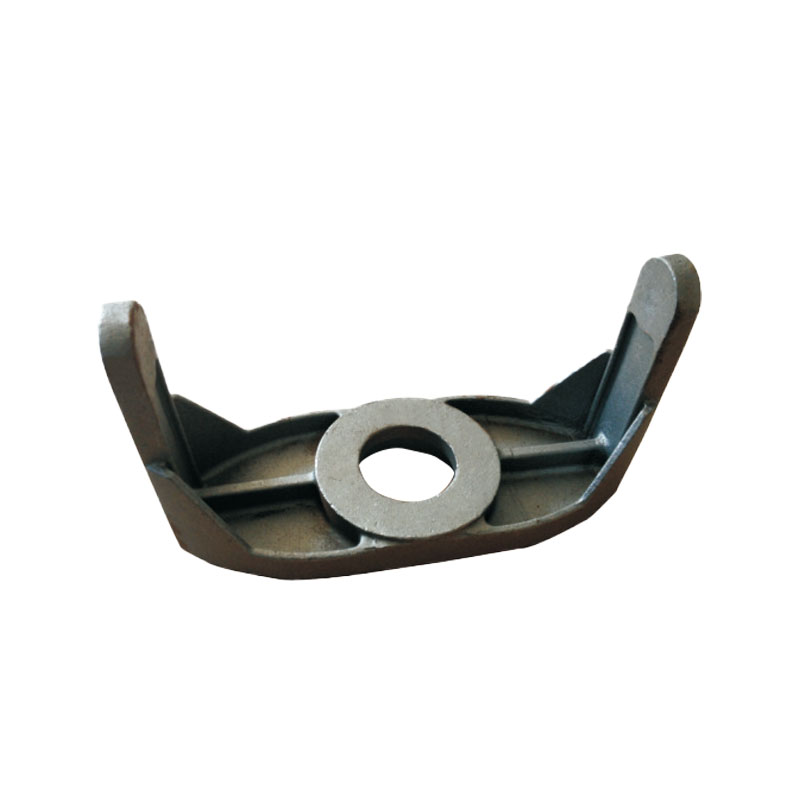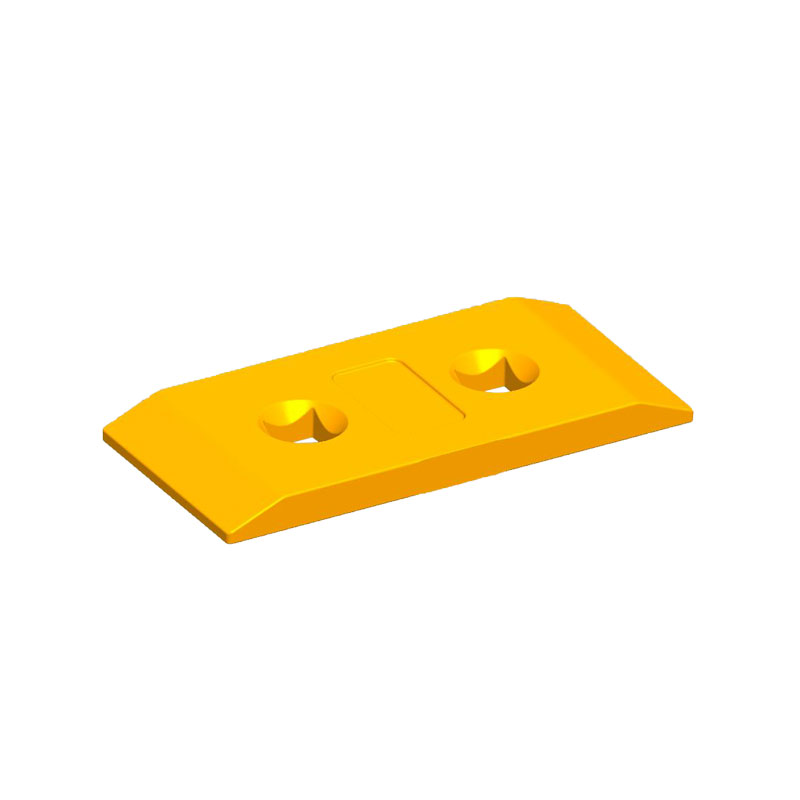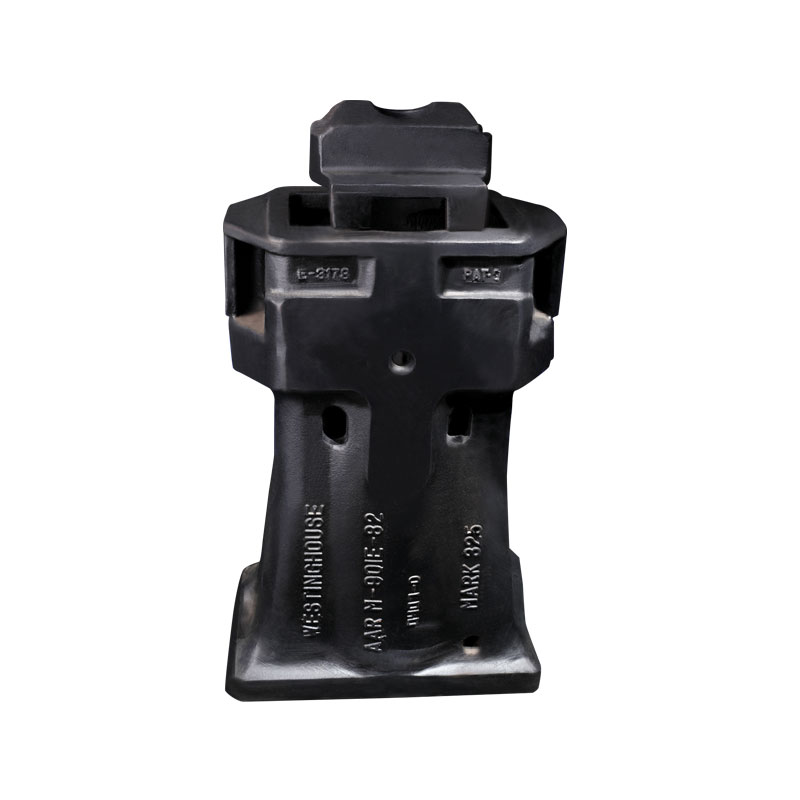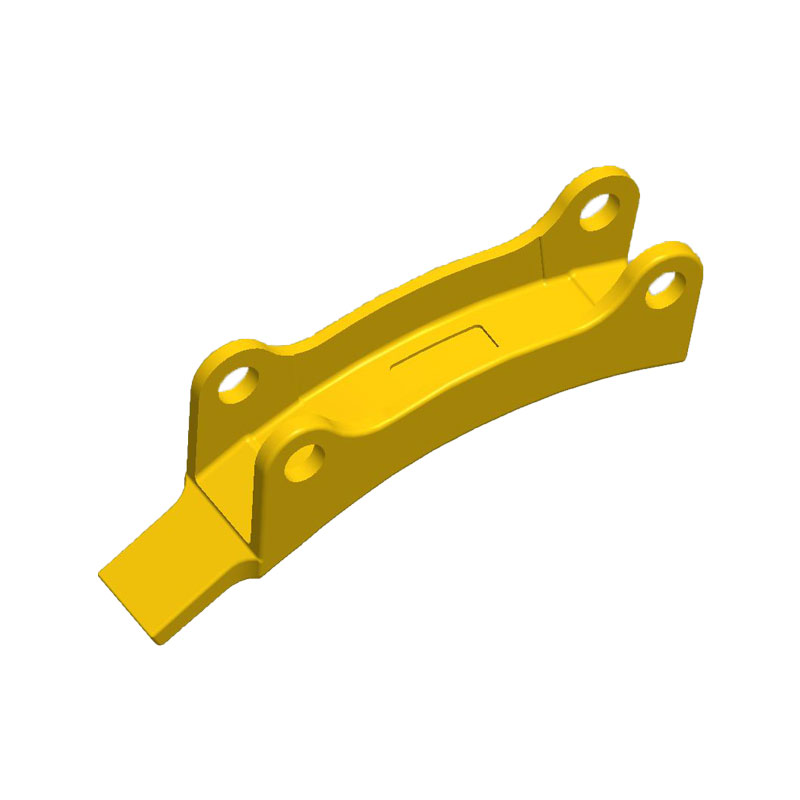When it comes to forklift casting parts, there are a fe […]
When it comes to forklift casting parts, there are a few basic things that you need to know. These include the Mast, the Chains or cylinders, and the Counterweight.

Forklift casting parts are usually made of aluminum or magnesium. This material is lightweight, has excellent corrosion resistance, and is durable. Depending on the alloy's properties, it can provide an exceptional performance in a wide variety of applications.
Magnesium is a lighter metal with better machinability than aluminum. It is also stronger and has lower iron content. Therefore, it is commonly used in automotive and aerospace die-cast products.
Magnesium has a lower melting point and is less likely to crack. However, it does take longer to solidify. In addition, magnesium is not as corrosion-resistant as aluminum.
Aluminum is cheaper and more environmentally-friendly. It is a good choice for high-volume production. Aluminium alloys can be machined to produce close tolerance surfaces. They are a more affordable option than magnesium for die casting.
The ability to steer from the rear of your forklift is a necessity. You can not just drive around without a steering wheel in your hands, and even with a steering wheel, it is difficult to accurately stop your machine.
One of the more practical solutions to the problem of controlling your forklift's movement is the use of a hydraulic power steering system. This provides the necessary oomph to make your forklift a smooth steed. However, steering from the rear will entail some learning on your part. Hence, you need to learn the right way to position your forklift in order to make the most of your wares.
A hydraulic power steering system consists of two main parts. First, there's the cylinder, which carries the steering fluid. Secondly, there's the steering linkage, which translates the pressure from the cylinder to the appropriate wheels.
The mast of a forklift is a crucial part of the lift. It is responsible for lifting thousands of pounds and supporting a vertical load lifting motion. Forklift masts come in a variety of types and sizes to suit different requirements.
To make the most out of your forklift, it's important to understand how it works. There are three main stages: the mast, the lift and the carriage.
The forklift's mast is made up of a number of components, including the fork, elevation mechanism, and roller chain pulleys. All these parts are pressed against each other to form a gear at the top of the mast.



